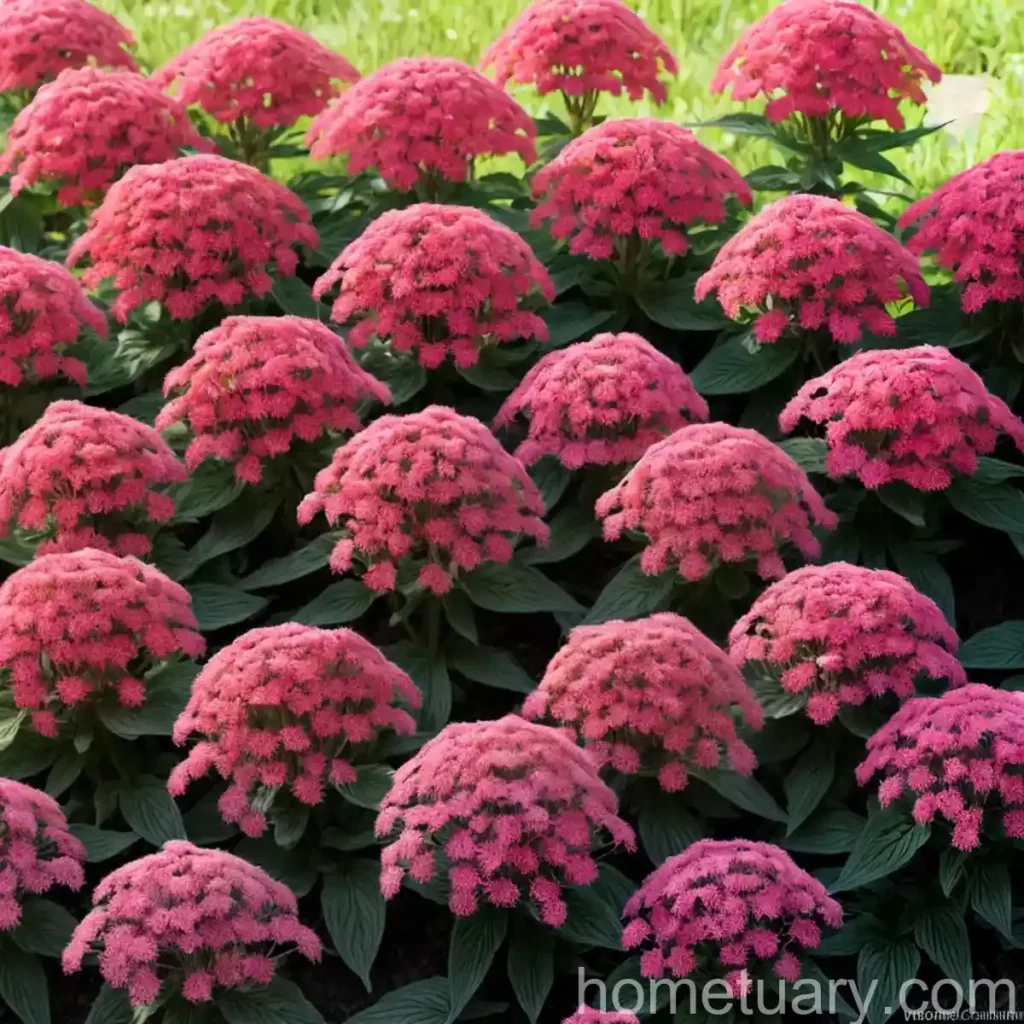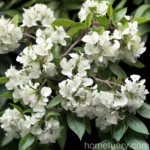Red Valerian (Centranthus ruber var. coccineus)
What is Red Valerian?
Red valerian (Centranthus ruber var. coccineus) is a flowering perennial plant that belongs to the Caprifoliaceae family. It is native to the Mediterranean region but has become naturalized in many parts of the world due to its attractive flowers and easy cultivation. Red valerian is known for its clusters of small, bright red, pink, or white flowers that bloom throughout the summer, making it a popular choice for gardens and landscapes.
Key Takeaways
- Scientific Name: Centranthus ruber var. coccineus
- Common Name: Red Valerian
- Plant Type: Perennial
- Flower Colors: Red, Pink, White
- Watering Needs: Moderate
- Sunlight Requirements: Full sun to partial shade
- Uses: Ornamental, Butterfly and bee attractor, Medicinal (traditional uses), Landscape planting
- Growth Rate: Fast
- Mature Height: 18-24 inches
- Hardiness Zones: 5-9
Culture
Uses
Red valerian is primarily grown for ornamental purposes. Its bright and colorful flowers make it a popular choice for rock gardens, borders, and containers. Additionally, it is often used in landscape planting to attract butterflies and bees, adding a touch of natural beauty to outdoor spaces.
Water
Red valerian plants have moderate water needs. They prefer moist, well-draining soil and should be watered when the top inch of the soil feels dry. Overwatering should be avoided to prevent waterlogged soil, which can lead to root rot.
Sunlight
This plant thrives in full sun to partial shade, making it a versatile choice for various garden settings. However, it tends to produce more flowers when grown in full sun.
Fertilizer
Red valerian plants generally do not require heavy fertilization. A balanced, all-purpose fertilizer can be applied in early spring to support healthy growth and abundant flowering.
Soil
Well-draining soil is essential for the successful cultivation of red valerian. It is adaptable to a range of soil types, including sandy and rocky soils. However, it thrives in moderately fertile, humus-rich soil.
Pruning
Regular deadheading of spent flowers can help prolong the blooming period of red valerian. Additionally, cutting back the stems after the first flush of flowers promotes a bushier growth habit and encourages a second round of blooms later in the season.
Propagation
Red valerian can be propagated from seeds, division, or cuttings.
-
Seeds: Sow seeds in the spring or fall in well-prepared soil. Keep the soil consistently moist until the seeds germinate.
-
Division: Divide mature plants in the spring or fall, ensuring that each division has a good root system attached.
-
Cuttings: Take stem cuttings in the early summer and root them in a well-draining potting mix.
Container Popularity
Red valerian is well-suited for container gardening, particularly for those without expansive garden spaces. Its compact size and colorful blooms make it a charming addition to patios, balconies, and small outdoor areas.
Common Diseases
While red valerian is relatively resilient, it can be susceptible to certain diseases under unfavorable conditions. The common diseases affecting this plant include:
-
Powdery Mildew: This fungal disease appears as a white powdery substance on the leaves and stems, often caused by high humidity and poor air circulation.
-
Crown and Root Rot: Overwatering, particularly in poorly draining soil, can lead to root rot and subsequent plant decline.
-
Leaf Spot: Moist conditions can lead to the development of leaf spot, characterized by dark, water-soaked spots on the foliage.
Disease Diagnosis
If you notice any abnormal symptoms on your red valerian plants, such as discoloration, wilting, or unusual growth patterns, it is essential to diagnose the issue promptly. Proper diagnosis can help in implementing targeted control measures and preventing further spread of the disease.
Common Pests
Red valerian may also attract certain pests, such as aphids, spider mites, and caterpillars. Regular monitoring of the plant and prompt action against pest infestations can help maintain its health and vigor.
Botanist’s Tips
- Plant red valerian in well-draining soil to prevent waterlogging and root rot.
- Deadhead the spent flowers to encourage continuous blooming.
- Provide adequate air circulation to reduce the risk of fungal diseases.
Fun Facts
- Red valerian is drought tolerant once established, making it suitable for xeriscaping and water-wise gardening.
- The plant is known for its attractiveness to pollinators, including butterflies, bees, and hummingbirds.
- In some regions, red valerian is used in traditional herbal medicine for its potential medicinal properties.
Links to External Resources
For additional information on red valerian, its cultivation, and uses, consider exploring the following resources:
In conclusion, red valerian (Centranthus ruber var. coccineus) stands out as a versatile and visually striking plant that can enhance various outdoor spaces with its vibrant blooms and attractive growth habit. By understanding its care requirements, potential uses, and ecosystem benefits, gardeners can successfully incorporate this charming perennial into their landscapes while providing essential support for pollinators and enjoying its ornamental and potential medicinal value.















